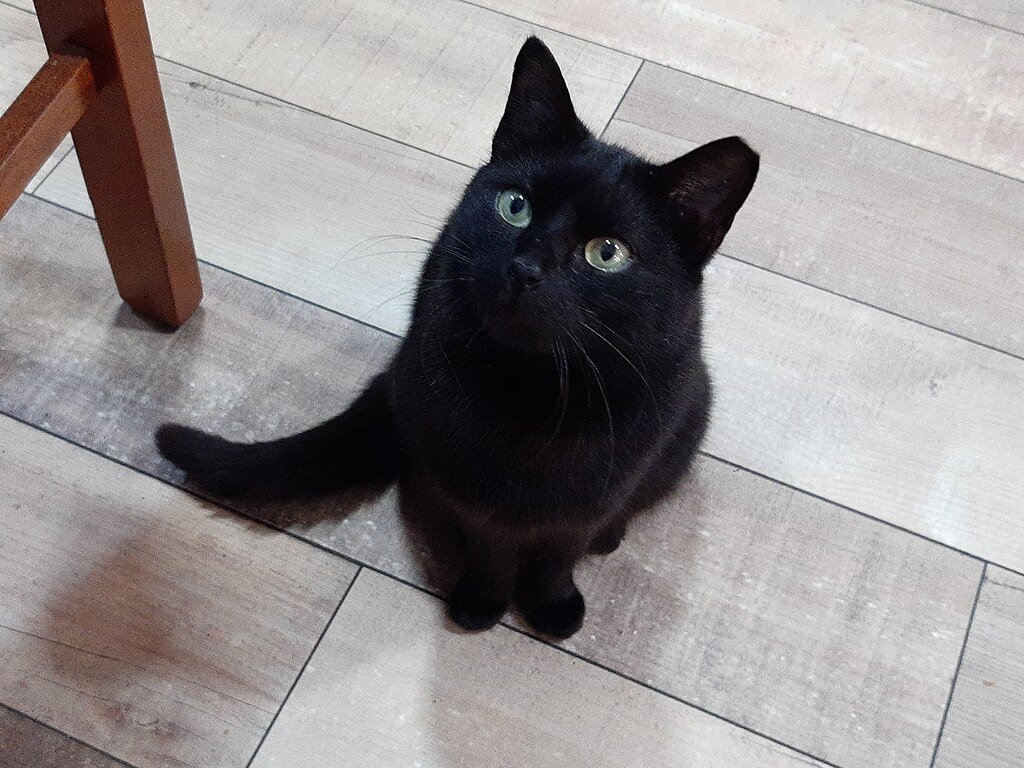As science shows your cat knows exactly who you are by the scent of your armpits, ears, and even your toes, your cat may show indifference when you walk through the door. Using their strong sense of smell to identify familiar people, a ground-breaking study from Tokyo University of Agriculture has found that domestic cats can tell their owner’s body odor from a stranger’s. But to what depth does this awareness reach? And why do cats seem more fascinated by the stench feet of a guest than by those of their owner? Let’s explore the surprising science underlying feline olfaction and what it reveals about the secret social intelligence of our aloof friends.
Cats Sniff Out Familiarity But Not Like Dogs Do
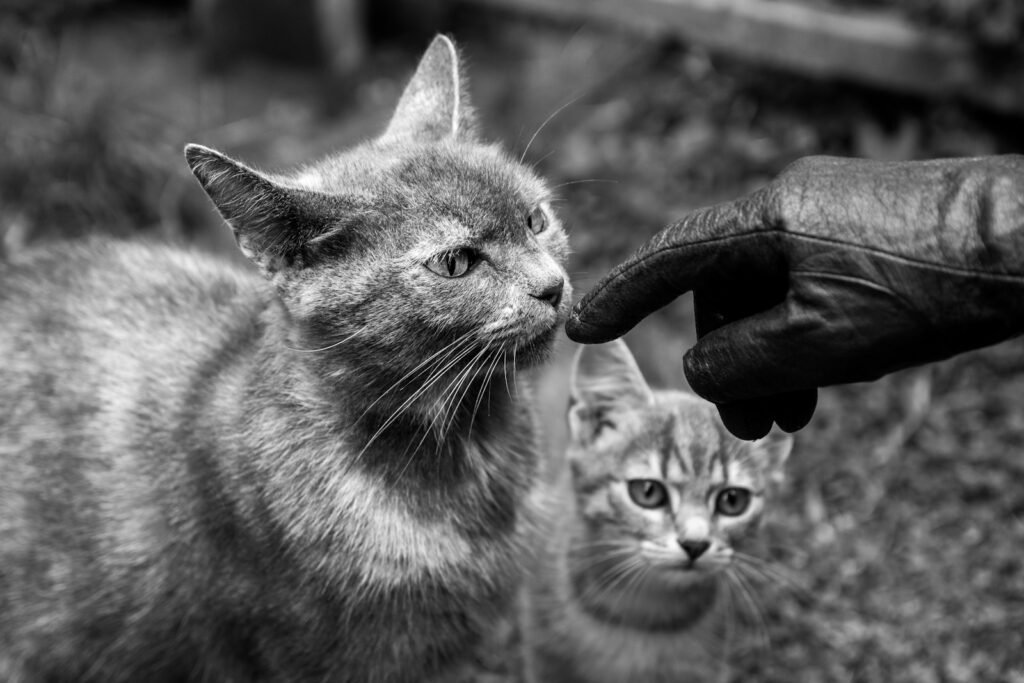
Unlike dogs, which often greet their owners with exuberant tail wags, cats are far more subtle in their recognition. The study found that when presented with swabs of their owner’s scent versus a stranger’s, cats spent significantly more time investigating the unfamiliar odor suggesting they already knew their human’s smell and didn’t need prolonged analysis.
This behavior suggests that scent familiarity is fundamental in feline social dynamics since it reflects how kittens sniff foreign female cats longer than their moms. Dogs, on the other hand, are quite good at identifying individual people using several senses; cats, on the other hand, depend more on olfactory cues, maybe explaining why they’re less obviously affectionate but still highly tuned to their owners.
The Toe-Jam Test: How Scientists Proved Cats Know Your Scent
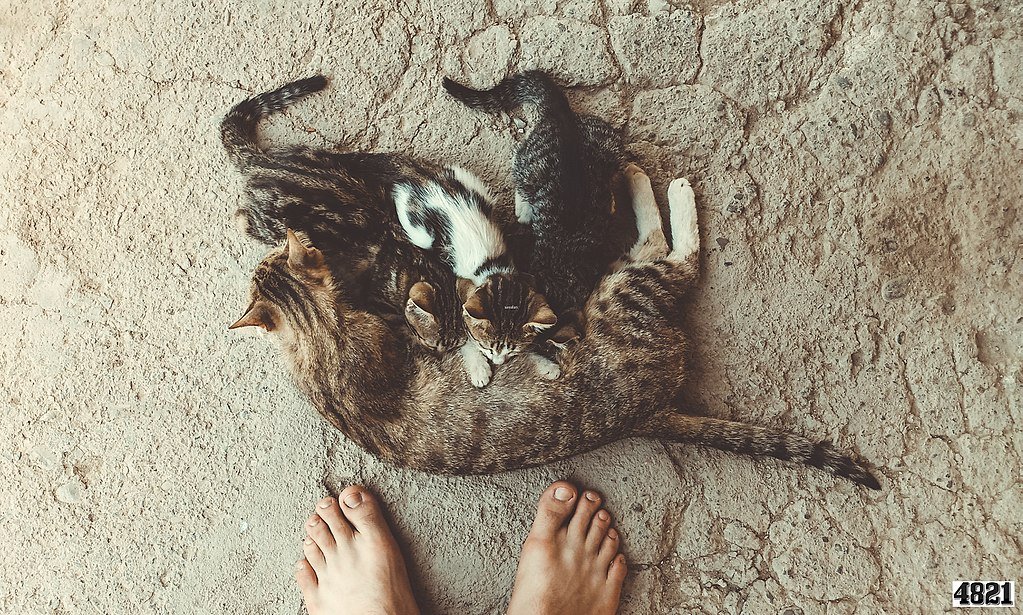
From three body sites, armpits, behind the ears, and between the toes zones rich in pheromones and sweat glands researchers gathered smells. Then cats were given tubes containing:
- The fragrance of their owner
- The scent of a stranger (of same sex as the owner)
- A blank swab for control
The outputs are, While fast passing over their owner’s scent, cats stayed over the stranger’s scent. This suggests they not only identify familiar smells but also give investigating new ones top priority, maybe as a survival tactic to evaluate possible dangers.
The Right Nostril Knows: How Cats Process Smells Like Humans Do
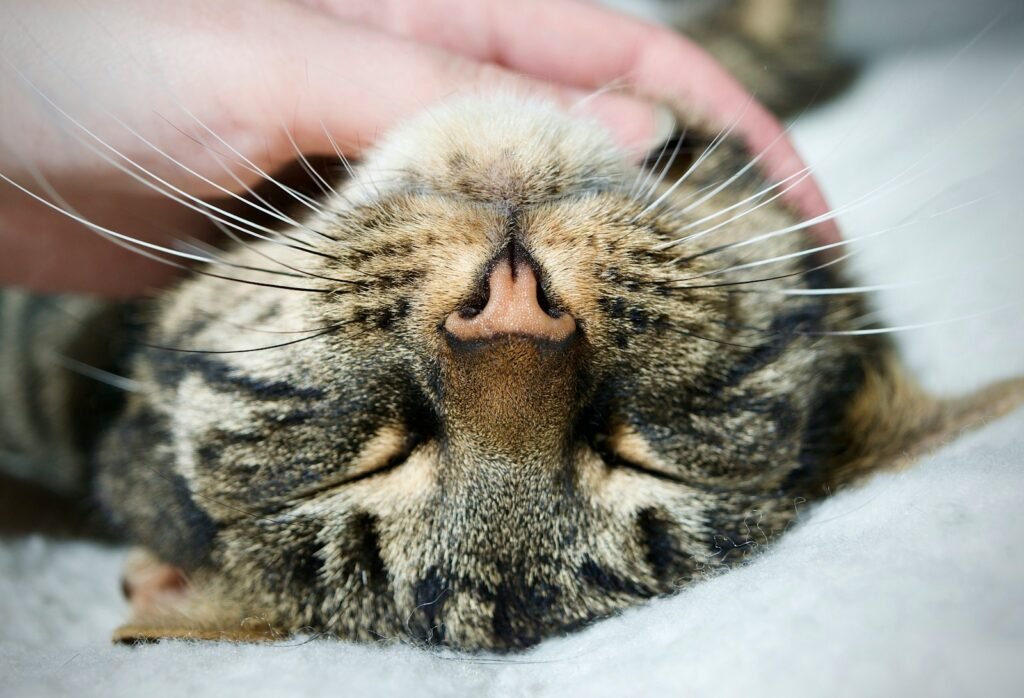
One of the study’s most fascinating discoveries was nostril lateralization, cats initially sniffed unfamiliar odors with their right nostril before switching to the left. This suggests that, like dogs and even some birds, cats process novel scents with the right side of their brain, which is linked to emotional and threat assessment.
“Familiar smells are processed more casually, while unfamiliar ones trigger deeper analysis,” explains study co-author Hidehiko Uchiyama. However, some experts caution that without brain scans, we can’t definitively tie nostril use to neural activity yet.
Personality Plays a Role: Neurotic Male Cats Sniff More
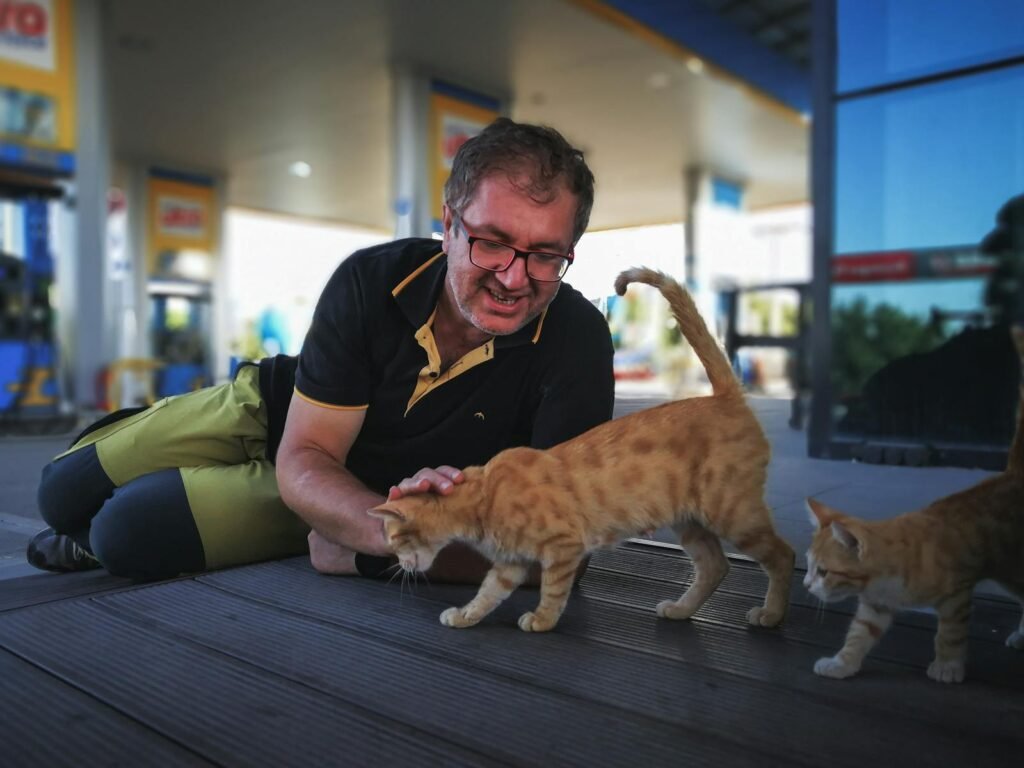
The study also found an odd pattern: laid-back men took a quick sniff and moved on while male cats labelled as “neurotic” by their owners sniffed each tube repeatedly. Female cats displayed no such trend, suggesting perhaps gender variations in feline curiosity.
Could this mean that nervous cats are more alert about novel smells? Alternatively, personality determines how animals interact with their surroundings. In any case, it clarifies our pets’ complex inner worlds even more.
Face-Rubbing After Sniffing: A Secret Scent-Marking Ritual?
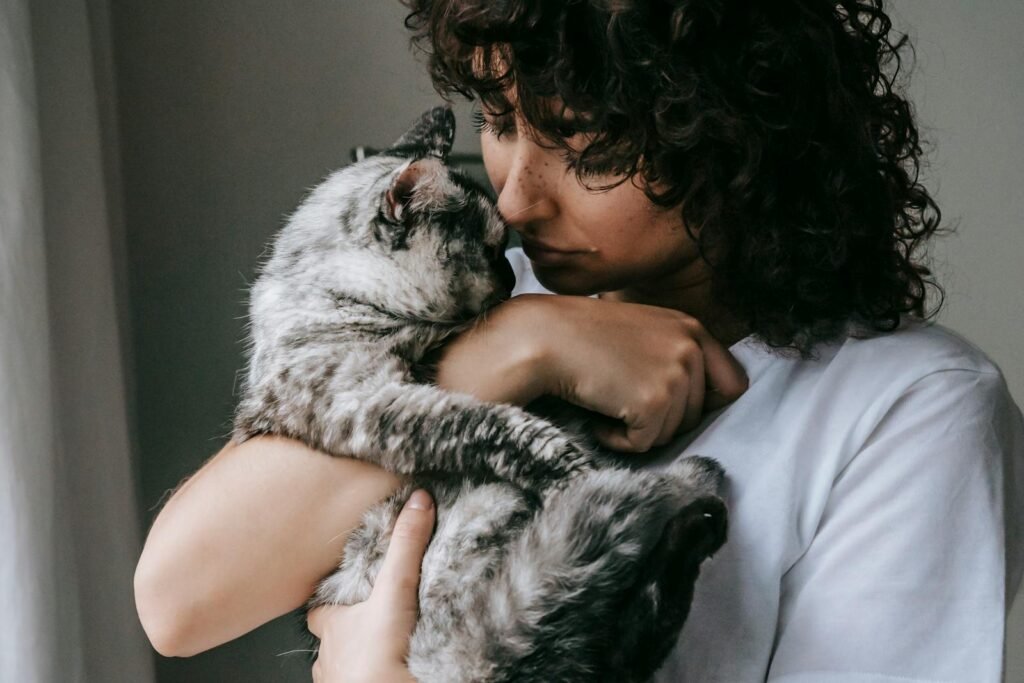
Following sniffing a behavior usually used to deposit their own scent, many of the cats in the study rubbed their faces against the tubes. This begs a fascinating question: Are cats marking the foreign scent as “checked” or combining it with their own scent for later use?
Though more research is needed to validate, researchers hypothesize this could be a type of olfactory exploration followed by territorial marking.
The Big Unanswered Question: Can Cats Pick You Out of a Scent Lineup?

While the study confirms cats distinguish between familiar and unfamiliar humans, it’s still unclear if they can identify specific individuals by smell alone. “We’d need to test multiple known-person odors to see if cats show unique reactions to their owner,” says Uchiyama.
Until then, one thing’s certain: Your cat knows your scent whether they choose to acknowledge you or not.
Final Thoughts
Next time your cat sniffs your shoes or ignores your outstretched hand, remember: Their aloofness might just be a sign of deep familiarity. And if they linger over a visitor’s scent? That’s not rudeness, it’s science.
For now, the study opens new doors into feline cognition, proving that even the most independent cats are quietly keeping tabs on us one whiff at a time.
Want to test your cat’s scent skills? Try offering a worn sock versus a stranger’s and see which one they investigate longer. Just don’t take it personally if they prefer the mystery smell.
Sources:

Suhail Ahmed is a passionate digital professional and nature enthusiast with over 8 years of experience in content strategy, SEO, web development, and digital operations. Alongside his freelance journey, Suhail actively contributes to nature and wildlife platforms like Discover Wildlife, where he channels his curiosity for the planet into engaging, educational storytelling.
With a strong background in managing digital ecosystems — from ecommerce stores and WordPress websites to social media and automation — Suhail merges technical precision with creative insight. His content reflects a rare balance: SEO-friendly yet deeply human, data-informed yet emotionally resonant.
Driven by a love for discovery and storytelling, Suhail believes in using digital platforms to amplify causes that matter — especially those protecting Earth’s biodiversity and inspiring sustainable living. Whether he’s managing online projects or crafting wildlife content, his goal remains the same: to inform, inspire, and leave a positive digital footprint.

